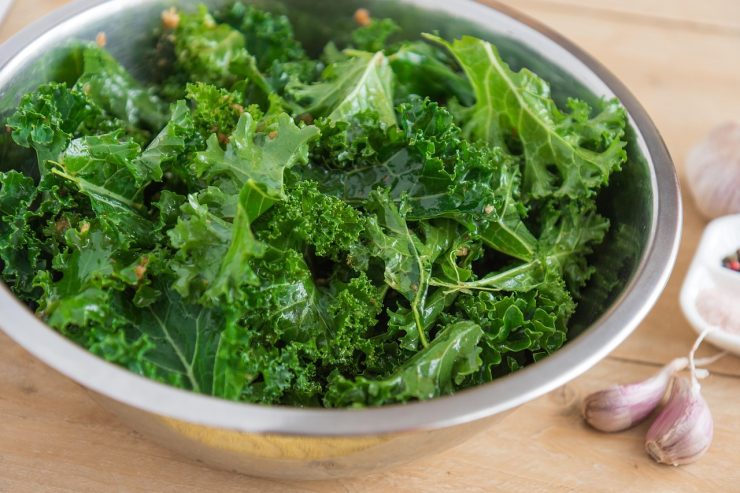Kale has come a long way from being a decorative garnish on a plate to becoming a popular staple in everything from salads to smoothies. Its rise in popularity is due to its impressive nutritional profile. However, while kale offers numerous health benefits, it has also landed a spot on the Environmental Working Group’s “Dirty Dozen” list of produce most contaminated with pesticides.
According to the EWG, kale ranks among the top three most contaminated vegetables, following strawberries and spinach. On average, kale samples tested contained five different pesticide residues—even after being washed. In some cases, up to 18 pesticide residues were found on a single sample.
One of the most concerning pesticides identified is DCPA (Dacthal), a herbicide classified as a possible human carcinogen. Although the European Union banned its use years ago, it’s still used in the United States on various crops, including kale. Other chemicals like bifenthrin and cypermethrin, also labeled as possible carcinogens, have been detected in a significant percentage of kale samples.
Because kale is a leafy vegetable, these chemicals are more likely to be absorbed and retained throughout the plant, making it difficult to remove them through washing or peeling.
Kale and Thyroid Function
Kale is part of the cruciferous vegetable family, which includes foods known to contain goitrogens—compounds that may interfere with iodine uptake and thyroid hormone production. While eating moderate amounts of kale is unlikely to impact thyroid health, juicing kale or consuming it in large quantities could pose a problem, especially for individuals with existing iodine deficiency.
Juicing, in particular, concentrates these goitrogenic compounds, increasing the potential to disrupt thyroid function. This may be of greater concern for those on plant-based diets, where iodine intake can already be limited.
Other Toxins: Thallium and Heavy Metals
Concerns about kale extend beyond pesticides. A few years ago, a molecular biologist in California found high levels of thallium—a toxic heavy metal—in locally grown kale and in the urine of patients consuming large amounts of it. While the source of the contamination wasn’t clearly identified, the findings raised questions about the potential for cruciferous vegetables like kale to accumulate thallium and other metals from the soil.
Thallium exposure, even in small amounts, has been linked to fatigue, digestive issues, and neurological symptoms. Other studies from Chile, Canada, and the Czech Republic have also noted the ability of kale and similar vegetables to absorb heavy metals from the soil, which could pose a long-term health risk if consumed in large quantities.
So, How Much Kale Is Too Much?
For those eating kale occasionally, the risks remain low. Kale is rich in nutrients like vitamins A, K, and C, along with calcium, potassium, and antioxidants such as quercetin and kaempferol. It supports immune health, offers anti-inflammatory benefits, and may help protect against certain cancers.
Still, moderation is important. Eating large amounts of kale every day—especially in the form of juice—can increase exposure to pesticides, heavy metals, and goitrogens. Choosing organic kale can help reduce pesticide exposure, though even organic varieties may still contain naturally occurring compounds like thallium.
Final Takeaway
Kale remains a nutrient-dense, health-promoting vegetable with many benefits. The key is balance. Enjoy it as part of a varied diet, avoid overconsumption—especially in juice form—and opt for organic when possible. Diversifying the types of greens and vegetables consumed can help limit exposure to harmful substances while still taking advantage of the nutrients kale and other cruciferous vegetables offer.











